Growing Tropical Fruit Trees - Types Of Exotic Tropical Fruit To Grow At Home

Most people are familiar with a certain number of common tropical fruits such as bananas, oranges, lemons, limes, pineapple, grapefruit, dates, and figs. However, there is a wide variety of lesser known tropical fruit varieties that are not only fun to grow but also delicious. Exotic fruit growing is not difficult if you pay attention to the specific growing requirements of the plant.
Growing Tropical Fruit Trees
Many exotic fruit plants can be grown in regions of the United States that have temperate or tropical climates. Some plants can even thrive indoors if grown in optimal conditions. When picking out your tropical fruit plants, be sure that you understand which conditions are best.
Most exotic fruit plants require a southern location near a house or other structure that will provide protection and heat during the winter. In addition, exotic fruit plants require well-draining soil with plenty of organic matter. New plants should be watered frequently to keep the root ball moist. It may be necessary to water several times per day during the hottest months of the year. Never use chemical fertilizer on exotic plants during the first two years. A healthy layer of organic compost will provide beneficial nutrients as it breaks down.
Types of Exotic Tropical Fruit
Some interesting tropical fruit varieties to try include the following:
- Jackfruit- These massive fruits are members of the mulberry family and the largest known fruit to man that is produced on a tree. Some jackfruits grow up to 75 pounds. This fruit is native to the Indo-Malaysian region but is commonly grown in tropical regions throughout the world. Jackfruits can be eaten raw or preserved in syrup. Seeds are edible after boiling or roasting.
- Mamey- This fruit is native to Mexico and Central America but frequently grows in Florida. Trees reach a mature height of about 40 feet (12 m) and are commonly used as specimen trees in the home garden. This fruit has a brown peel and pink to reddish brown flesh with an interesting and sweet taste. Fruit is often enjoyed fresh or used in ice cream, jellies, or preserves.
- Passion Fruit- Passion fruit is a beautiful vining plant native to South America. Vines require a sturdy trellis or fence and well-drained soil to thrive. The fruit can be purple, yellow, or red and has an sweet orange pulp with many seeds. Juice from this fruit is used to make punch or can be consumed raw.
- Kumquat- Kumquats are the smallest of the citrus fruits. These small evergreen shrubs with white flowers produce golden yellow fruits that vary in size from 1 to 2 inches (2.5-5 cm) around. Having a thick spicy rind and acidic flesh, they may be eaten whole or preserved.
- Soursop- The soursop, or Guanabana, is a small slender tree of the West Indies. It bears large deep green and oval-shaped spiny fruit, which may weigh in at as much as 8 to 10 pounds and a foot (31 cm) in length. The white juicy flesh is aromatic and often used for sherbets and drinks.
- Guava- The guava is native to tropical America where it has been cultivated for centuries. The small tree or shrub has white flowers and yellow berry-like fruit. It is a rich source of Vitamins A, B, and C and is commonly used in preserves, pastes, and jellies.
- Jujube- This fruit is indigenous to China and is also grown elsewhere in the subtropics. It is a large bush or small spiny tree with small dark-brown flesh. It is eaten fresh, dried, or preserved and is also used in cooking and making candy.
- Loquat- Loquat is native to China but is now grown in most tropical and subtropical areas. It is a small evergreen tree with broad leaves and fragrant white flowers that produce yellow-orange fruits. This fruit is used fresh and is made into jellies, sauces, and pies.
- Mango- Mangos are one of the oldest tropical fruits indigenous to southern Asia, though widely grown in all tropical and some subtropical areas. The fruit is a fleshy drupe with a thick yellowish-red skin and a blend of sweet, acidic pulp.
- Papaya- Native to the West Indies and Mexico, the papaya is grown in the tropics and subtropics. The fruits are fleshy berries that resemble yellow-orange melons. They are used for salads, pies, sherbets, and confections. Unripe fruits are cooked like squash or preserved as well.
- Pomegranate- The pomegranate is native to Iran. The plant is a bush or low tree with orange-red flowers and round berry-like yellow or reddish fruits. Pomegranates are very refreshing and are used as a table or salad fruit and in beverages.
- Sapodilla- The fruit of the sapodilla tree is quite sweet. The tree is grown in Florida and in the tropics and subtropics.
Gardening tips, videos, info and more delivered right to your inbox!
Sign up for the Gardening Know How newsletter today and receive a free copy of our e-book "How to Grow Delicious Tomatoes".
-
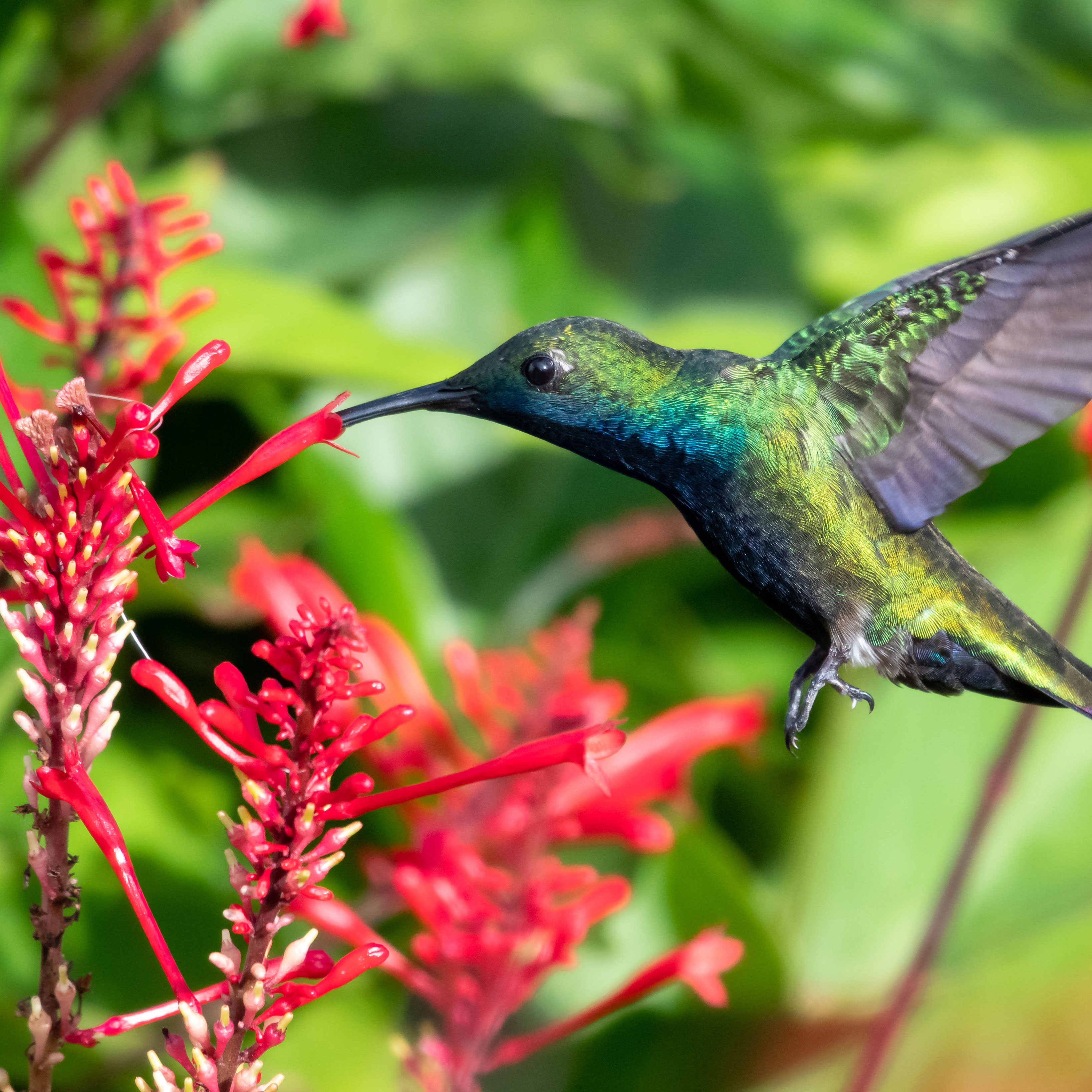 Terrifically Tubular Flowers For Hummingbirds: 9 Tube-Flowered Plants To Attract Hummers
Terrifically Tubular Flowers For Hummingbirds: 9 Tube-Flowered Plants To Attract HummersGrowing tubular flowers for hummingbirds helps you create the optimum feeding conditions for your winged friends. Here are nine tubed delights for hummers
By Tonya Barnett
-
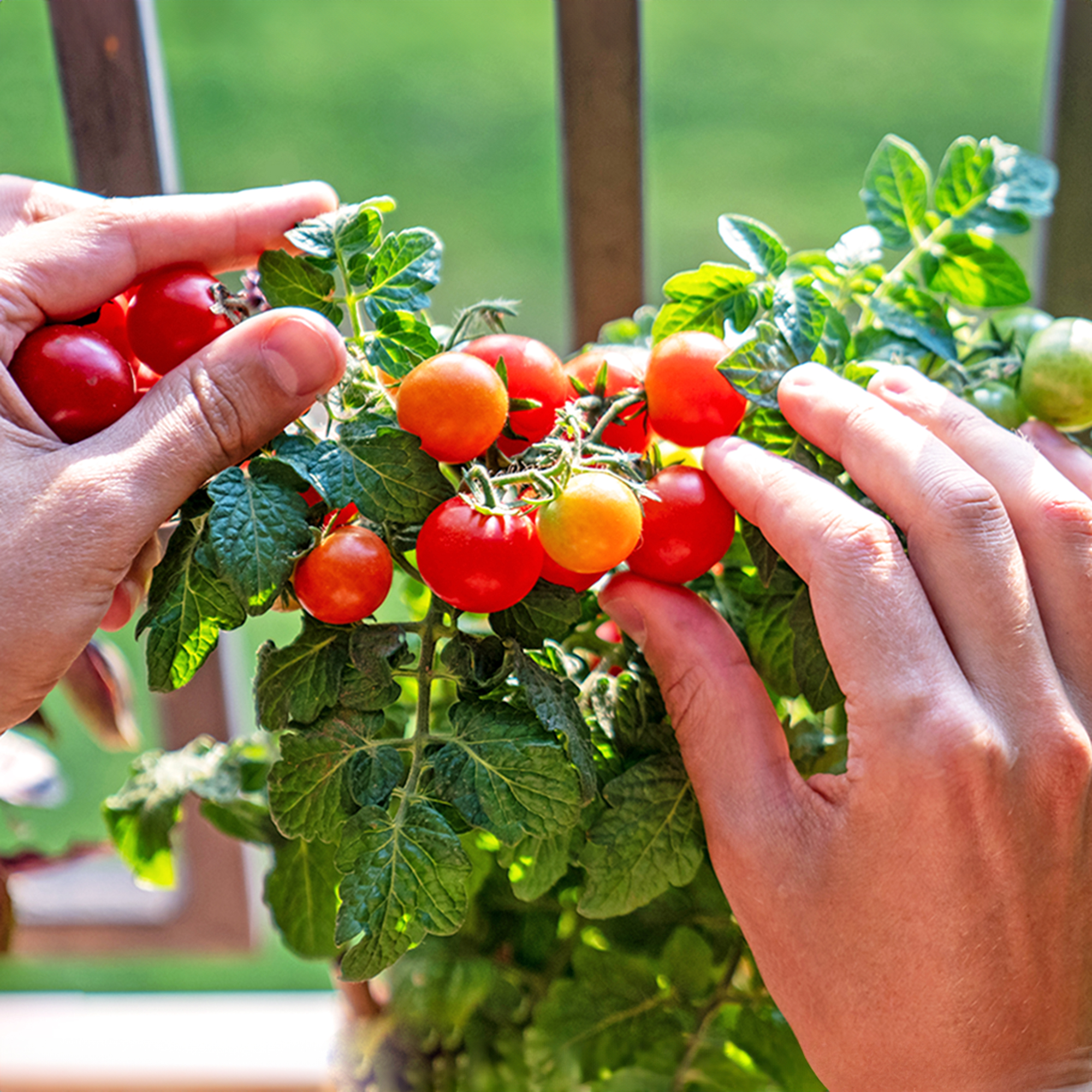 How To Grow Hydroponic Tomatoes For Fresh Indoor Harvests – No Soil Required
How To Grow Hydroponic Tomatoes For Fresh Indoor Harvests – No Soil RequiredLearning how to grow tomatoes in water is easy and allows you to harvest fresh-home-grown produce in every season without any mess.
By Ellen Wells
-
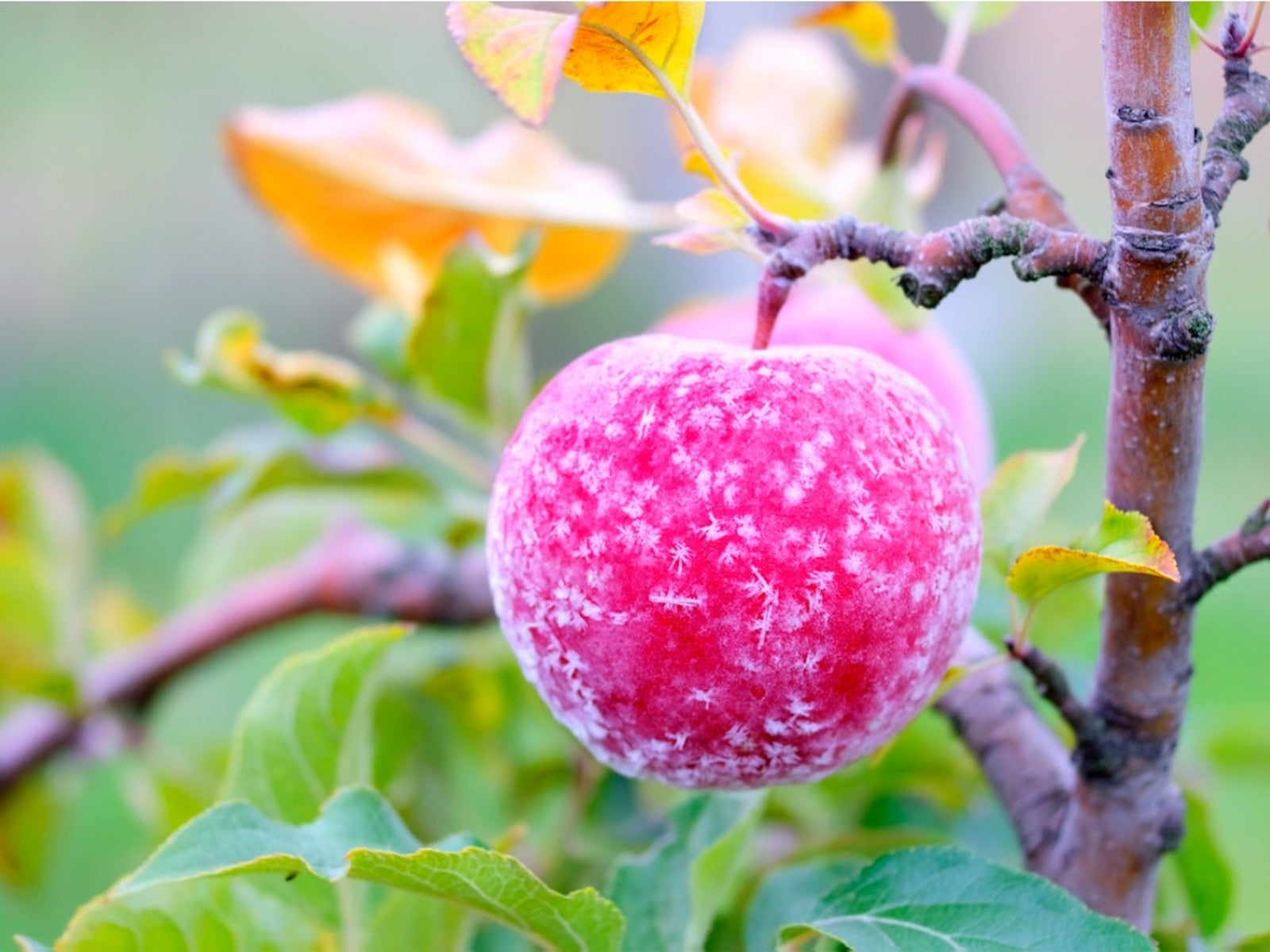 How To Protect Fruit Trees From Frost And Freeze
How To Protect Fruit Trees From Frost And FreezeChoosing fruit trees appropriate for your growing zone is best, but you still may need to protect them from extreme cold. Read how.
By Bonnie L. Grant
-
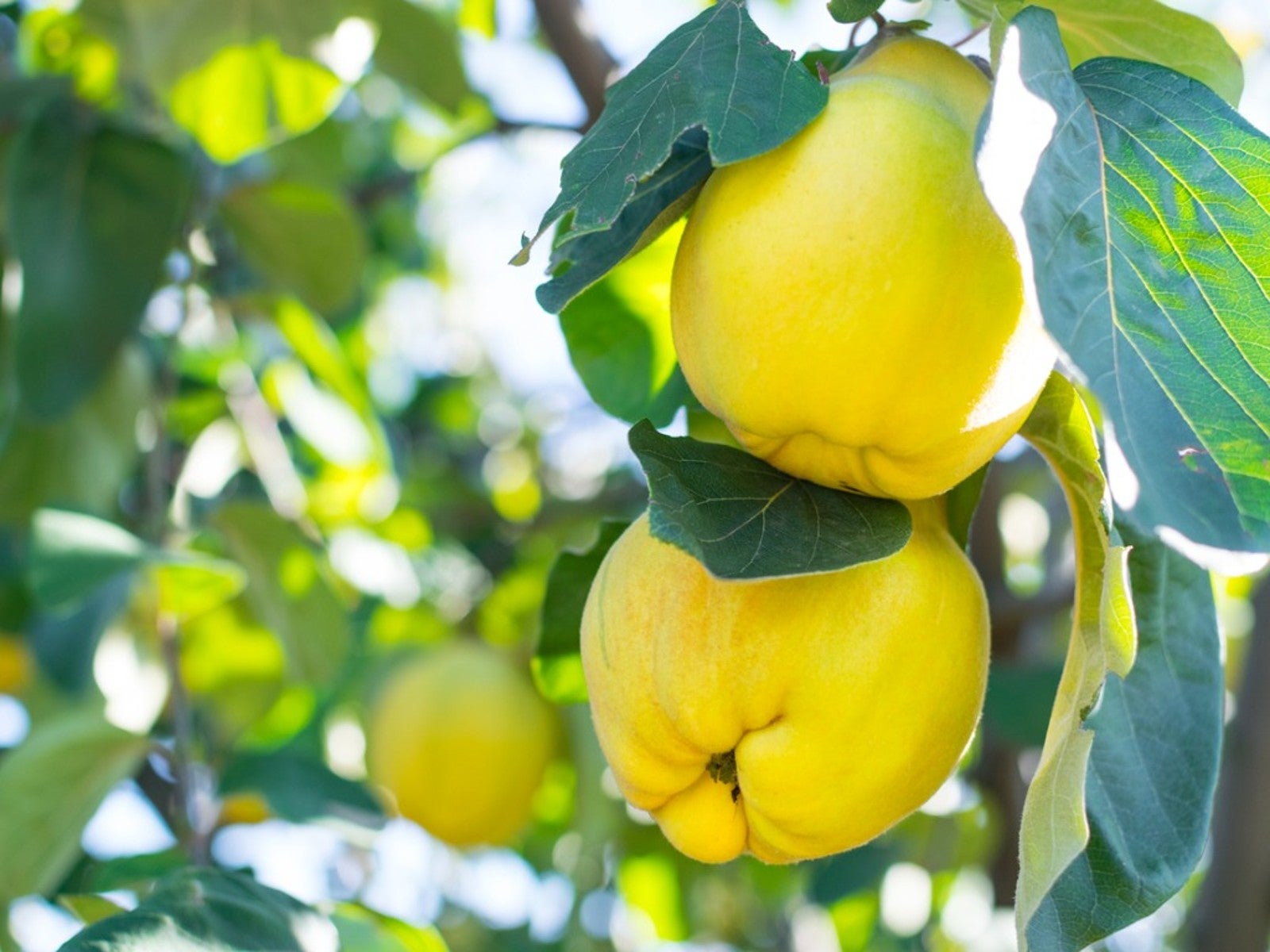 Best Plants For Late Summer and Fall Fruit Harvest
Best Plants For Late Summer and Fall Fruit HarvestEven if you don’t have the optimal conditions for more common fruit trees, there are other end of summer fruits to enjoy.
By Teo Spengler
-
 Best Native Fruit Trees To Support Wildlife
Best Native Fruit Trees To Support WildlifeIf you want trees that will attract and feed wildlife, learn the best kinds of edible fruit and nut trees to plant for inviting specific creatures.
By Teo Spengler
-
 Orange Fruit Varieties: Growing Fruits That Are Orange
Orange Fruit Varieties: Growing Fruits That Are OrangeOrange colored fruit isn’t limited to the citrus orange. There are plenty of other orange colored fruit varieties, each packing a healthful punch. Read on for more.
By Amy Grant
-
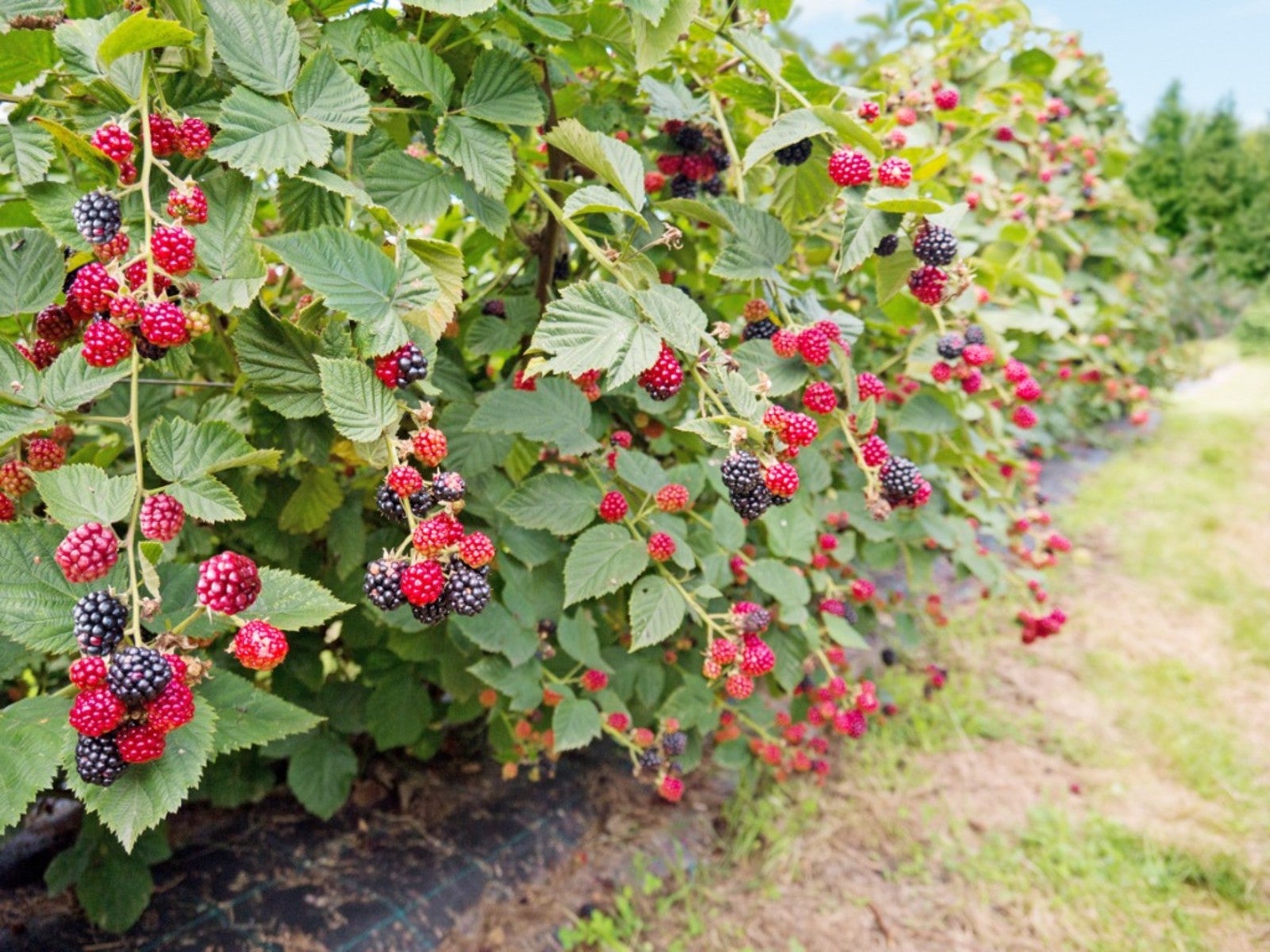 Everbearing Plants: Learn About Everbearing Varieties Of Fruit
Everbearing Plants: Learn About Everbearing Varieties Of FruitWhat does everbearing mean? And more importantly, how do everbearing varieties differ from non-everbearing types? Read on for more.
By Laura Miller
-
 Plant A Red Fruit Garden: Growing Fruits With Red Flesh
Plant A Red Fruit Garden: Growing Fruits With Red FleshPlanting a red fruit garden may seem a bit whimsical. That is, until you realize the health benefits of consuming fruits with red flesh.
By Laura Miller
-
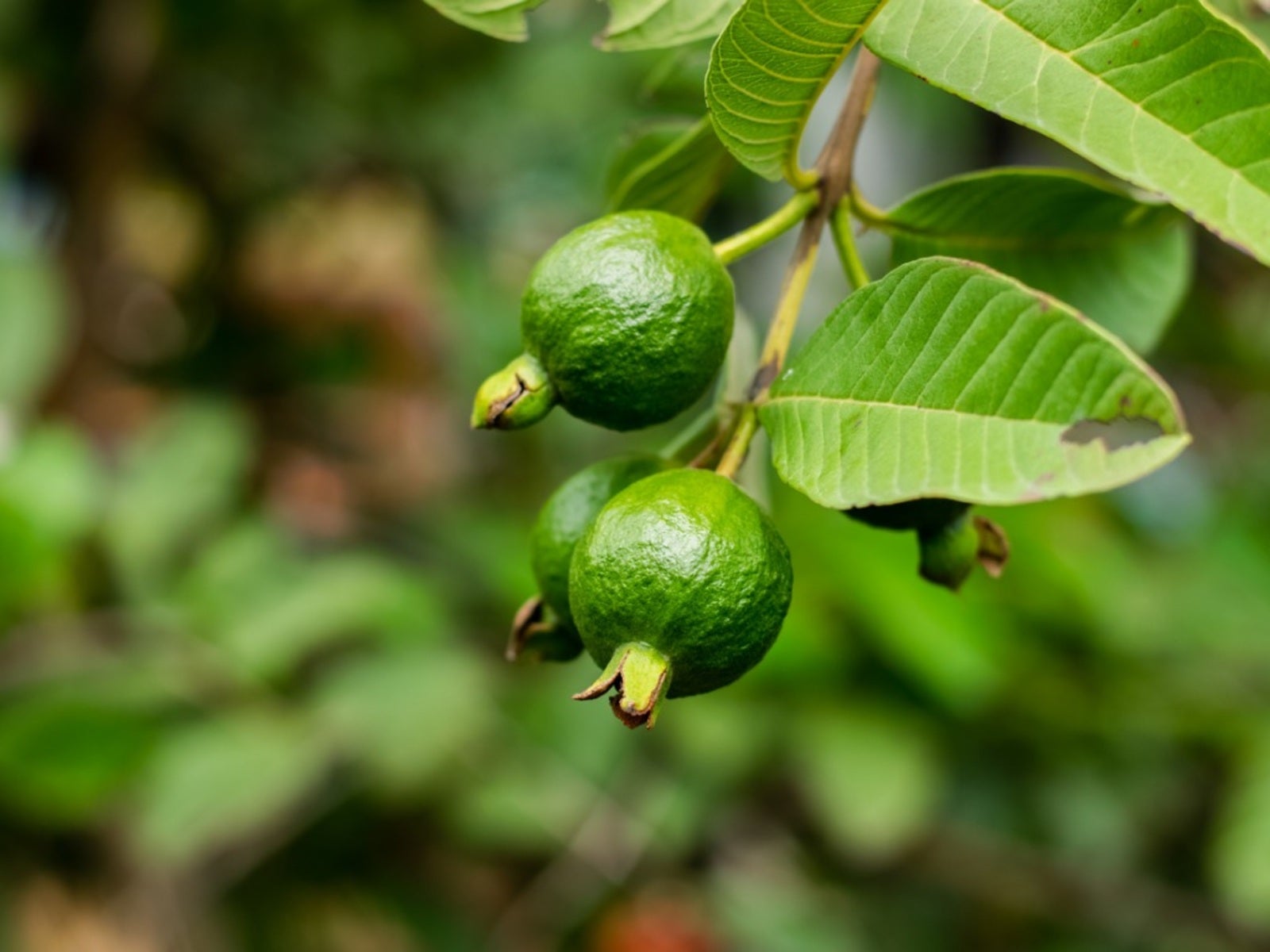 Heat Tolerant Fruits - Growing Fruit In Hot Weather
Heat Tolerant Fruits - Growing Fruit In Hot WeatherSome fruit grows in extreme heat naturally. But there are also specially cultivated, heat-tolerant varieties. For more information on heat tolerant fruits, read on.
By Teo Spengler
-
 Yellow Fruit Varieties - Growing Fruit That Is Yellow
Yellow Fruit Varieties - Growing Fruit That Is YellowWhat fruit is yellow? There's more than the bananas at the supermarket. Try growing yellow fruit for a consistent supply of sunny food.
By Bonnie L. Grant